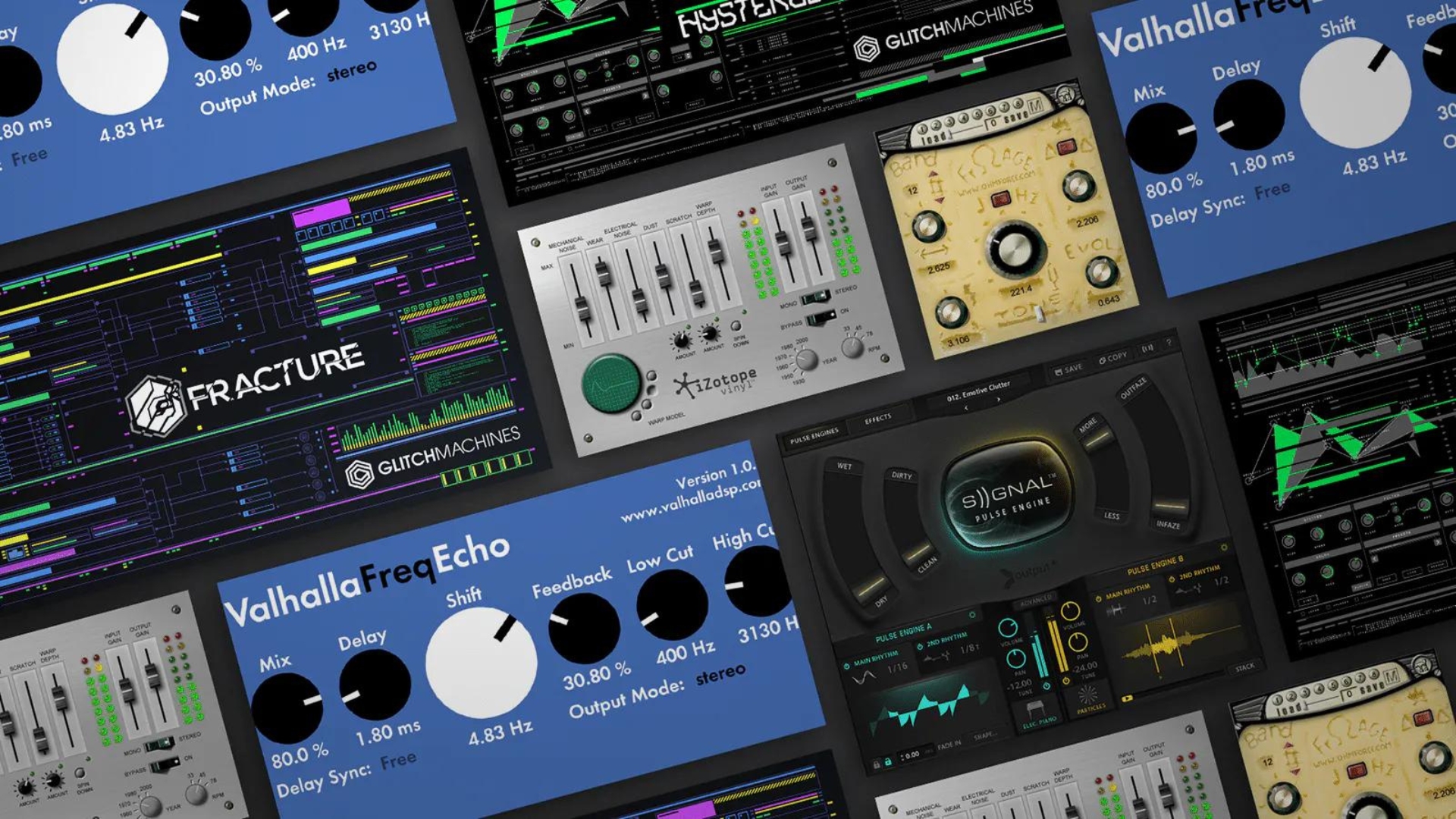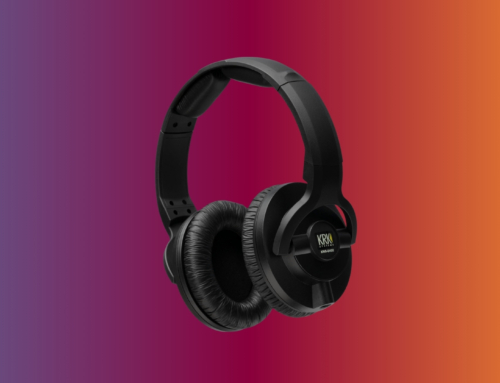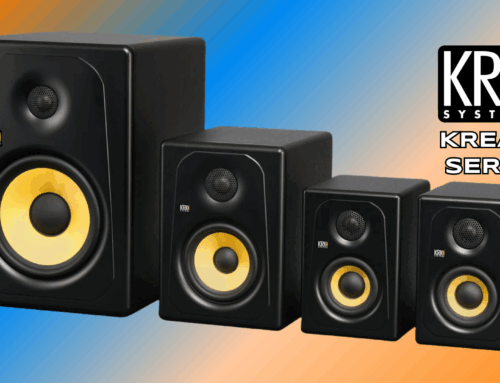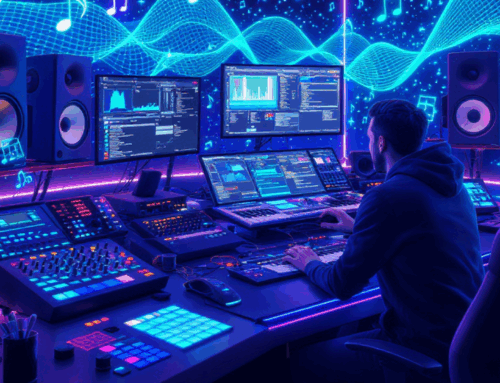In the rapidly evolving landscape of music production, producers are constantly faced with choices that shape their sound and workflow. One of today’s most significant debates revolves around using stock DAW (Digital Audio Workstation) plugins versus third-party VSTs (Virtual Studio Technology plugins). The decision becomes more nuanced as DAWs continue to enhance their built-in plugin offerings and third-party developers innovate with specialized tools. Additionally, the rise of AI is revolutionizing how we approach music production.
The Rise of Stock Plugins
Over the years, DAWs have significantly improved the quality of their stock plugins. Companies like Ableton, Logic Pro, FL Studio, and others have invested heavily in developing their native plugins to meet the high standards of modern music production.
Advantages of Stock Plugins
- Quality Improvement: Stock plugins have evolved to offer high-quality audio processing, often rivaling third-party alternatives.
- Integration and Stability: Explicitly designed for their respective DAWs, these plugins provide seamless integration and optimal performance, reducing CPU load and avoiding compatibility issues.
- Cost Efficiency: With powerful stock plugins included, producers can save money that would otherwise be spent on third-party plugins.
The Allure of Third-Party VSTs
Despite the advancements in stock plugins, third-party VSTs continue to hold a significant place in music production. Developers like Soundtoys, Valhalla DSP, FabFilter, and Slate Digital create plugins that push the boundaries of sound design and processing.
Benefits of Third-Party VSTs
- Specialized Features: Third-party plugins often offer unique capabilities and sonic characteristics not found in stock plugins.
- Niche Tools: They cater to specific production needs, providing tools that can create signature sounds and effects.
- Community and Support: A robust community of users and extensive educational resources support many third-party plugins.
The CPU Dilemma
One of the biggest challenges with third-party VSTs is their impact on CPU usage. High-quality processing often comes at the cost of higher resource consumption, leading to potential latency and system instability in larger projects. In contrast, stock plugins are optimized for their respective DAWs, offering more efficient performance.
The Role of AI in Music Production
AI is increasingly influencing music production, offering new tools and capabilities that were previously unimaginable. From intelligent mastering assistants to AI-driven composition tools, these advancements are reshaping the landscape.
AI-Driven Innovations
- Smart Mixing and Mastering: AI-powered plugins can analyze your mix and provide suggestions or automatically adjust levels, EQ, and compression to achieve a polished sound. For instance, tools like iZotope’s Ozone and Neutron use machine learning to make precise adjustments that enhance the overall quality of your tracks.
- Creative Assistance: AI tools can generate melodies, harmonies, and compositions based on user inputs, providing endless creative possibilities. Platforms like Amper Music and AIVA allow producers to create complex musical pieces with minimal input, serving as co-creators in the music-making process.
- Efficiency and Workflow: AI can automate repetitive tasks, freeing up producers to focus on the creative aspects of music production. Tools such as Landr automate the mastering process, enabling producers to finalize their tracks quickly and efficiently.
How AI Enhances Music Production
AI’s impact on music production extends beyond just tools and plugins. It influences the entire workflow, from ideation to final production.
- Enhanced Sound Design
AI-powered plugins can help create unique sounds previously difficult or impossible to achieve. For example, tools like Magenta Studio provide AI-generated audio effects and patterns that can inspire new creative directions.
- Intelligent Arrangement
AI algorithms can analyze song structures and suggest arrangements that fit within various genres. This capability can benefit producers working on tight deadlines or those seeking to explore new musical styles with a limited knowledge of the genre’s intricacies.
- Adaptive Learning
AI tools learn from user input and adapt to individual workflows. This personalized approach helps streamline the production process, making it more intuitive and responsive to the producer’s needs.
- Collaborative Creation
AI can act as a collaborative partner, offering ideas and solutions that complement the producer’s vision. This symbiotic relationship allows for a more dynamic and innovative production process, where human creativity is enhanced by machine intelligence.
Balancing Traditional and AI-Driven Tools
For many producers, a hybrid approach works best. Utilizing stock plugins for most tasks ensures stability and cost-effectiveness, while selectively integrating third-party VSTs for specific needs or unique sounds provides creative flexibility. Incorporating AI tools can further enhance the production process, offering new ways to innovate and streamline workflow.
Practical Tips for Integration
- Start Small: Begin by integrating one or two AI tools into your workflow to understand their impact and benefits.
- Mix and Match: Combine stock plugins with third-party and AI-powered plugins to create a versatile and efficient setup.
- Stay Updated: Keep up with the latest advancements in AI technology and how they can be applied to your production process.
The choice between stock plugins and third-party VSTs and the integration of AI tools ultimately depends on individual preferences, budget, and workflow needs. Understanding the benefits and drawbacks of each option helps producers make informed decisions that enhance their creative process and productivity.
As the music production industry continues to evolve, staying informed about these trends ensures you can confidently navigate the complexities of plugin choices. Share your experiences and insights with fellow producers, and together, we can shape the future of music production.
The blend of traditional and AI-driven tools represents the next frontier in music production. By embracing these advancements, producers can unlock new levels of creativity and efficiency, crafting music that resonates with listeners worldwide.




